Most images of Lhasa include the Potala Palace. This is the seat of the Dalai Lama and is currently unoccupied. There is a silver lining to this, of course. If it was occupied, it wouldn't be open to tourists. On our first full day in Lhasa, we went to the Potala Palace. One of my comments back to the guide and his travel agency was that this should be done on the last day instead of the first.
The Potala Palace is on a hill. Not only that, but it is 13 stories high and you have to climb to the top and then work your way down. I am sure it would have been a lot easier after we had acclimatized to the altitude. I warned the guide that we would need to take it slow. I remembered my 3 days in Cusco, Peru. Cusco is all steps and slopes and I would go up 3 steps, stop and catch my breath, then go up 3 more. Lhasa was easier. I could do 5-10 before I had to stop and catch my breath!
As soon as we entered, we saw a number of Tibetans dancing. This is a lovely dance, sort of like country line dancing. It is meant as exercise. We saw it in Xining also. I love the idea that someone brings the music and sets up and everyone around can join in and exercise together. We should see if we can start something like this in the US.
That is our destination. We started behind it, walked around and then entered and started up the slope. All around us are people. Tibetans don't go anywhere without a prayer wheel and/or prayer beads in their hands. If they need their hands, the beads go around their neck or are wrapped around like a bracelet.
These people are all engaged in completing a kora. A kora is a clockwise perambulation around a sacred place. There are 3 kora routes around Lhasa - an inner, a middle and an outer. The inner one is just around the Potala Palace. The outer-most one is around the old city with the middle one somewhere in between. Since we were visiting in a sacred month, there were large numbers of people walking a kora in most of the places we visited. Some people do it prostrating themselves at every step.
Prayer bells along the kora route.
There are two parts to the palace. The white part is administrative offices. The red part is the Dalai Lama's living quarters. The few yellow buildings are special ones.
The entrance to the palace.
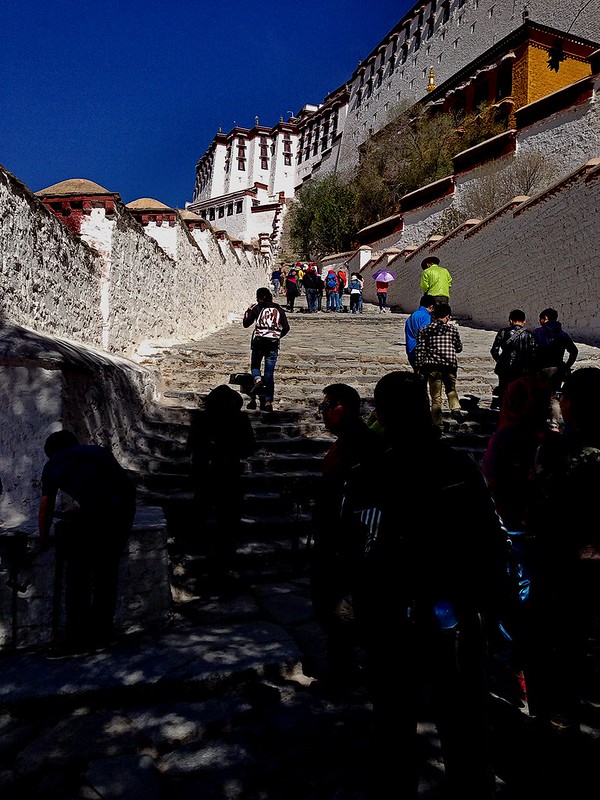
Starting to head up the stairs. You start with stairs and a few slopes, and then more stairs..
The only good thing about climbing is the view you get when you look down!
The transmission tower is on Medicine hill, where there used to be a temple. There is still a college of medicine there. Tibetan traditional medicine is quite well-known.
We finally reach a building! But there are more steps to climb. But now we can see beautiful interior decoration like this doorway. The rooms inside the actual palace, where the Dalai Lama lived and worked, are out-of-bounds to cameras so I can't show those to you.
This is the entrance to the Dalai Lama's quarters. There are 3 sets of steps going up. The center one is for the exclusive use of the Dalai Lama. At this point we have climbed through the outer buildings and gates.
I hope you can see how the roofs are receding....
The rooms inside are not big except for the assembly rooms. There are beautiful statues in every room and decoration everywhere. It is all quite colorful but also dim because there aren't a lot of big windows. There are no pictures of the Dalai Lama anywhere. Where he would have sat, there is an effigy crowned by a picture of the Buddha of Mercy, of whom the Dalai Lama is an incarnation. I will contrast this later after we get to Shigatse.
After climbing all the way to the top, we worked our way down the palace through the quarters and then start down the hill to the city.
We always hear about the wonderful things in the Vatican Museum, or the Louvre, or the British Museum or the Metropolitan Museum of Art. We don't hear about the beautiful, sacred and wonderful things in the Potala Palace, the National Palace Museums of China, Japan and Korea. There are as many sacred and spiritually empowering objects in Asia as there are in Europe. Tibet is a very spiritual country and its people live their lives immersed in their religion. I was humbled by it.


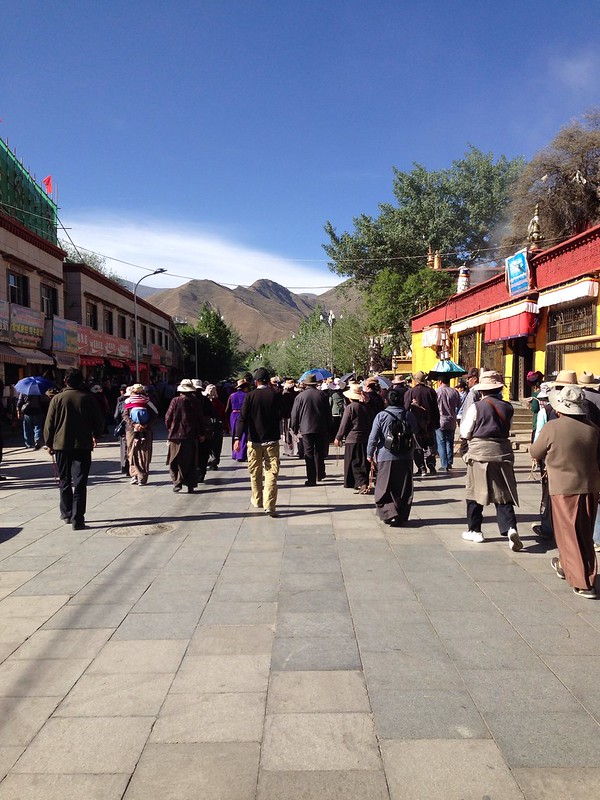

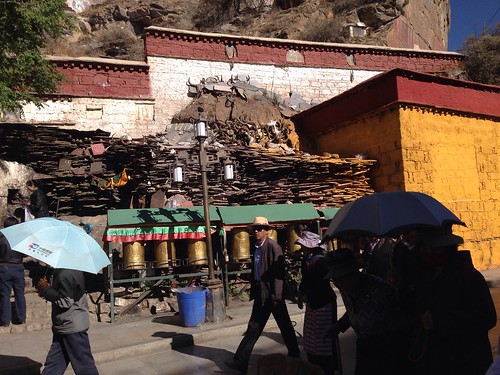
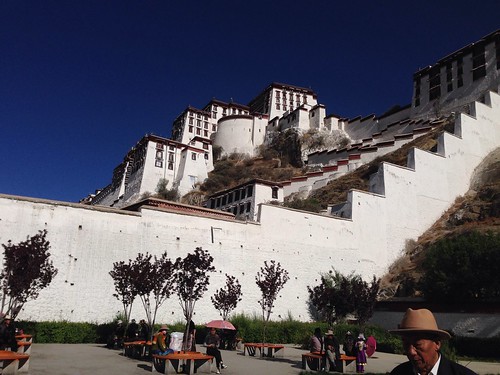
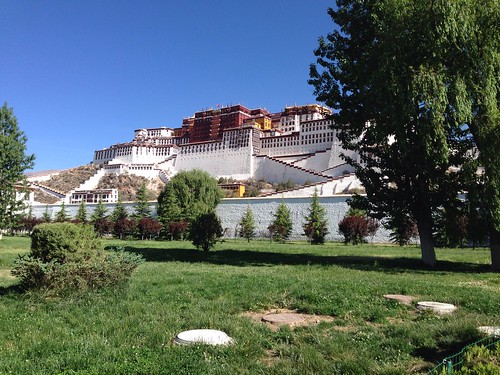


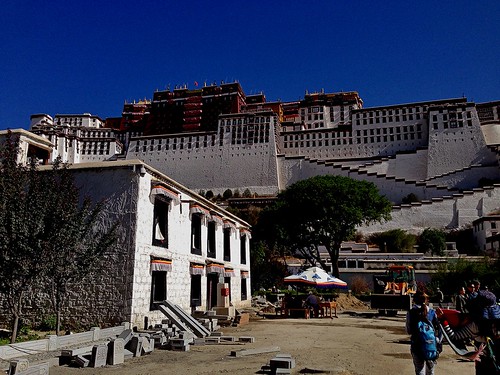

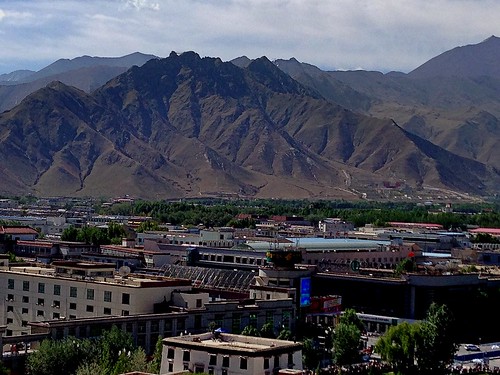
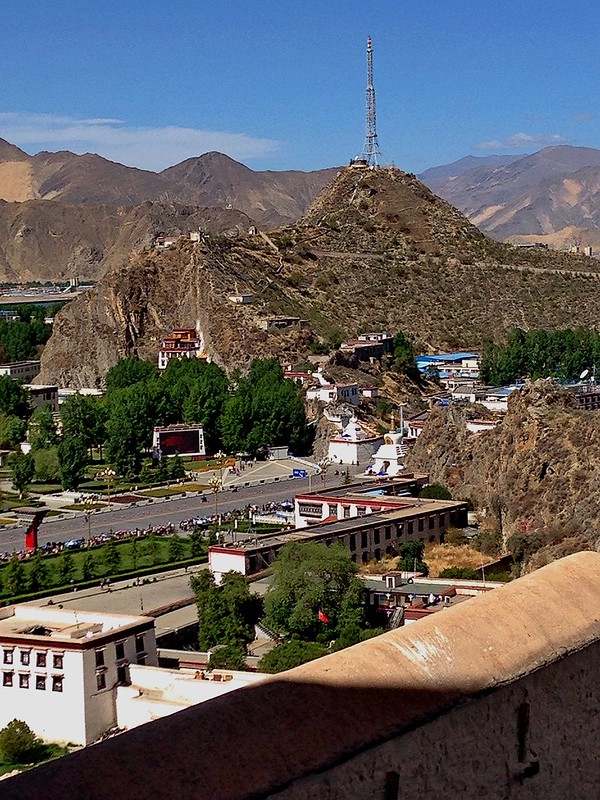
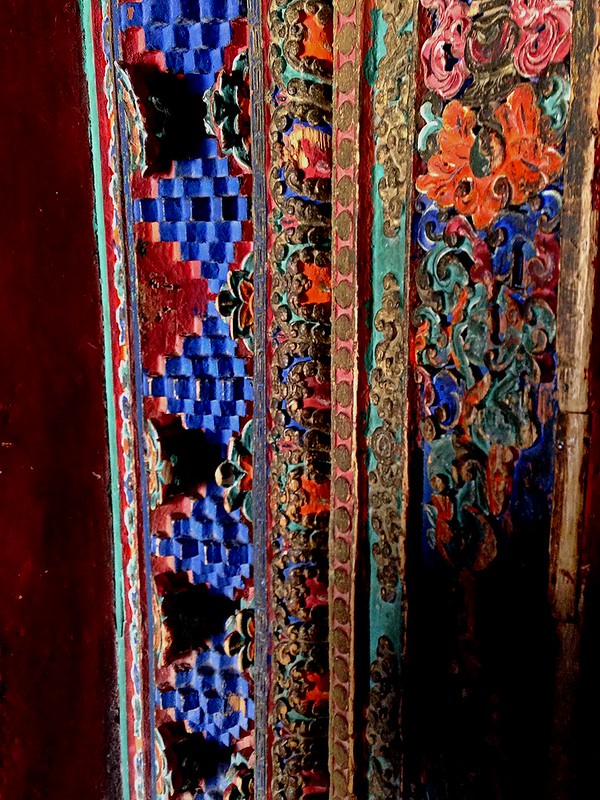

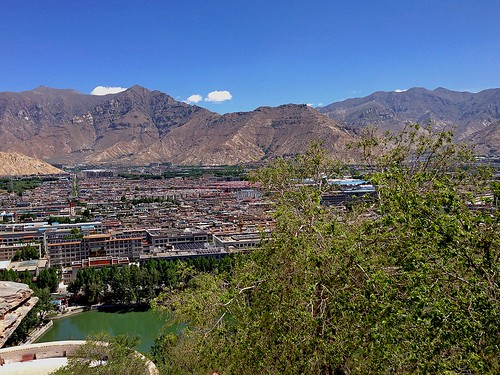
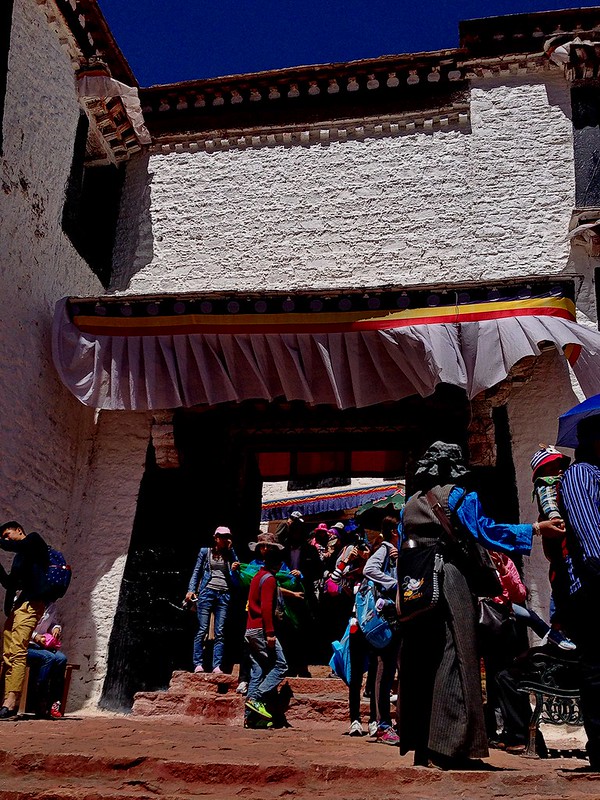

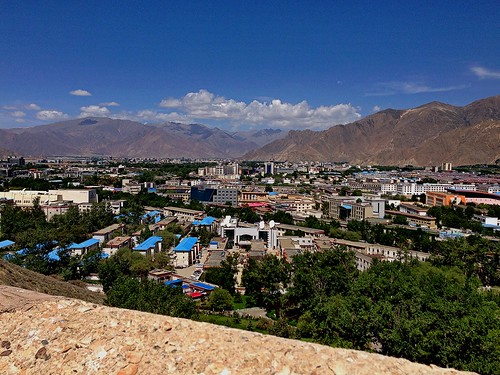
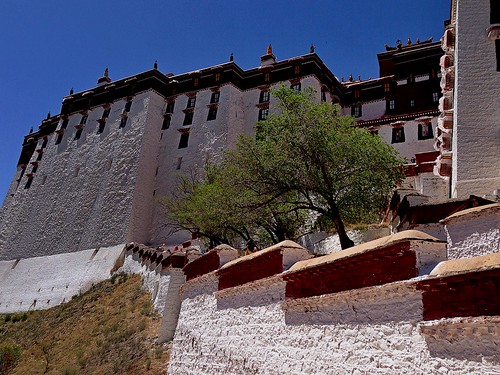
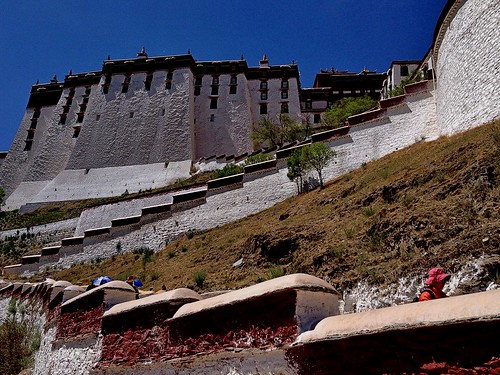
No comments:
Post a Comment